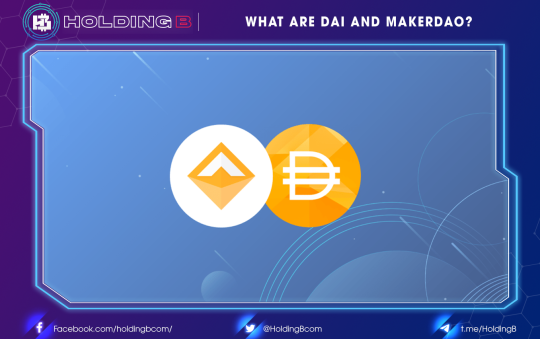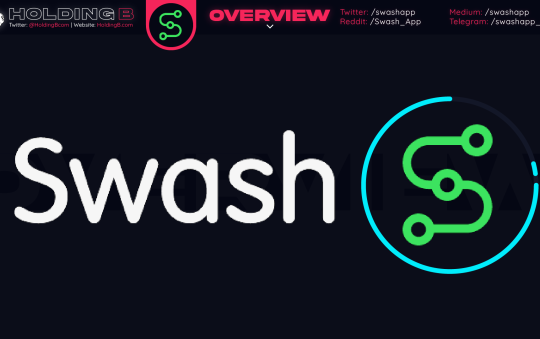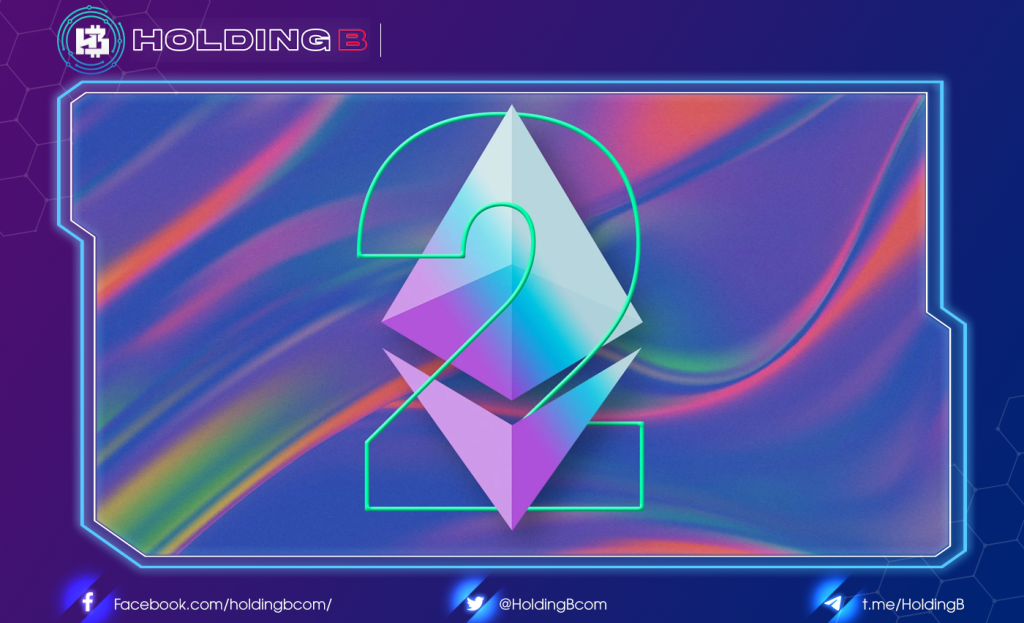
What is Lido Staking?
The purpose is to provide liquidity for collateral on the Ethereum platform. By staking assets, users can use them to stake a fraction of 1 ETH on ETH 2.0 and still earn a passive income for themselves. Ethereum dApps rely on its network to transfer, lend, borrow, and maintain user funds by leveraging smart contract functionality.
Lido allows users to stake their ETH without locking it or requiring maintenance. Solutions like Lido allow users to stake any amount of ETH by issuing “stETH” (short for staking ETH), which can be used for lending, collateral, and more while also allowing users to earn daily staking rewards.
Since launching on Ethereum, Lido currently supports its staking solution on the Terra and Solana blockchains, with plans to implement additional blockchains in the future.
Outstanding features of Lido Staking
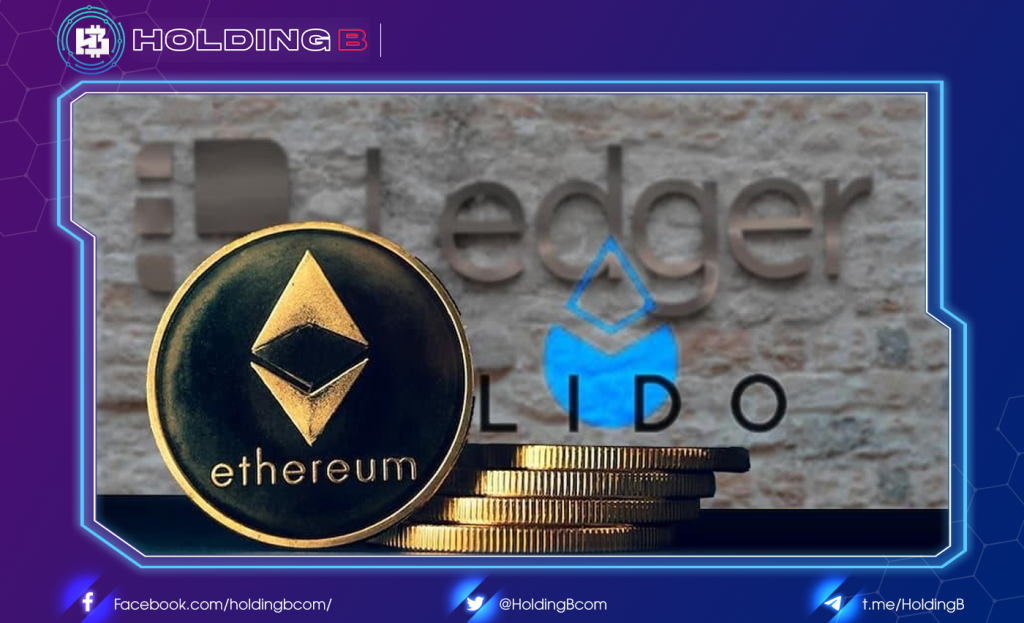
- Flexibility: With ETH 2.0, everyone can participate in staking as much ETH as they like on Lido to get tETH back at the 1:1 ratio. This stETH can be staked, loaned, traded, etc. on any platform that supports stETH
- Dual Yield: When participating in staking ETH on Lido DAO, everyone will receive a yield. After that, if you continue to stake or lend stETH, everyone will still receive more yield. This is an extremely effective and simple way to generate passive income.
- Increase capital efficiency: Once stETH is allowed to become collateral, users can use stETH to borrow stablecoins in Terra, which can then be traded.
How does Lido work?

Lido offers a feature called liquid staking, which is an alternative to lock-in stakes. The platform will receive a certain amount of ETH from its users or from validators who want a stake in Ethereum. In return, they will provide users with an ERC-20 coin that represents the minting of stETH, with a value of 1:1 for ETH.
Lido owns its own stake in the Ethereum platform, consisting of ETH pooled from the invested number of validators to generate rewards. This is the way they are able to allow users with very little capital to participate in investing in large blockchain networks that require such high stakes. The rewards obtained by this platform will be divided equally among investors depending on the number of stakes they have staked.
From each investor, Lido will collect fees in the form of 10% of each investor’s reward. Of that fee, 50% will go towards building insurance as well as upgrading security for users and improving communication.
What is Lido Dao?

Lido DAO (LDO) is the native utility token of the staking platform. It comes at the same time as the Lido platform. The maximum supply of this token is 1 billion LDO, of which around 25 million LDO are circulating on this market.
LDO owners can participate in administration rights for the system and have the ability to manage costs, parameters, and distribution on this platform. LDO holders can also manage the addition and removal of Lido operator nodes.
Currently, LDO can be traded on a variety of platforms, including DEXs, with both cryptocurrency pairs and stablecoins available.
How to stake Ethereum (ETH) on Lido
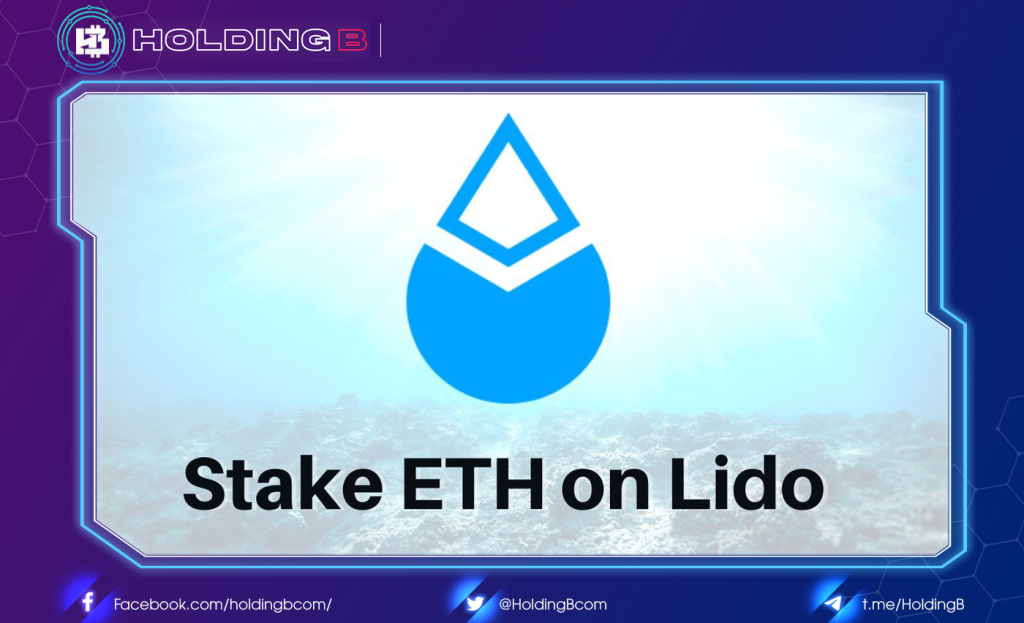
Lido is an Ethereum 2.0 staking pool that allows ETH holders to pool their funds and earn rewards. A decentralized system of node operators manages deposits, staking rewards as well as withdrawals according to a regulated protocol through the Lido DAO.
If you want to stake your ETH on Lido, you need an Ethereum wallet such as MetaMask or any wallet that supports WalletConnect that supports ETH and ERC-20 tokens. Once you have your wallet set up securely, you need to connect the wallet to the Lido exchange.
- Go to “stake.lido.fi” and select “Connect Wallet” to start the process.
- Choose your wallet. Once connected, it will show your ETH balance in the Lido widget.
- Next, you will need to enter the amount of ETH you want to bet. Note that it requires maybe less than 32 ETH.
- Next, select the “Deposit” option. You will now be able to see your transaction fees, ETH balance, and annual percentage rate (APR) prior to confirmation.
- Finally, confirm the transaction in your wallet, and now you will be able to see the amount of ETH you have deposited in your wallet. The stETH balance will be updated daily and show your staking reward.
Risks of Lido Staking
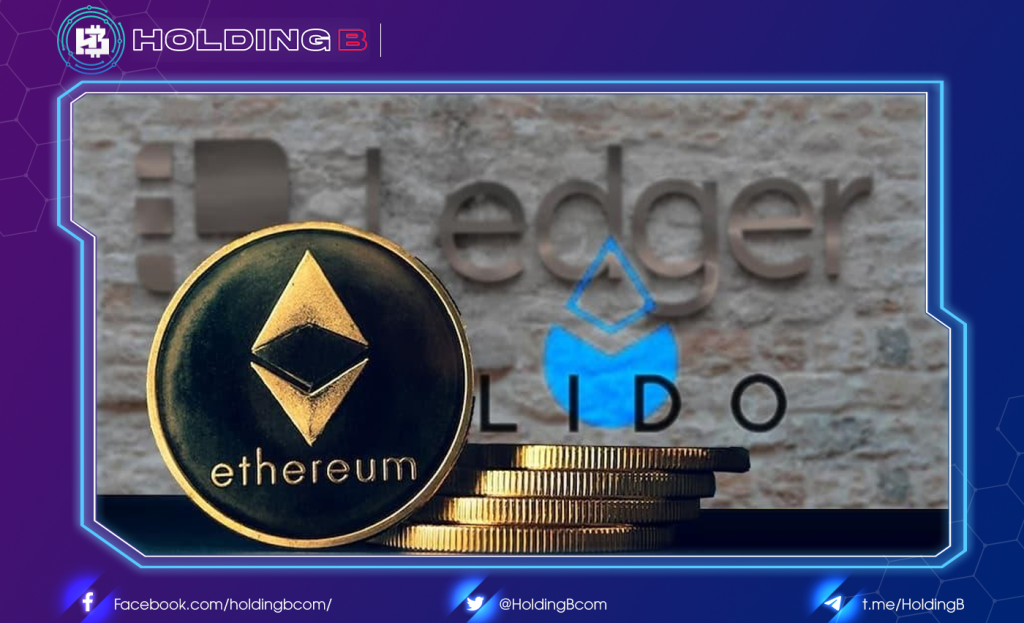
Ethereum 2.0 has a lot of backers, but there is always the potential possibility that the roadmap may not be implemented, face further delays, or be stopped by regulators.
Then there are also the risks of using smart contracts, which means that any decentralized protocol built on top of Ethereum or another smart contract network can present certain security risks, such as hacking, phishing, or self-inflicting.
DeFi platforms like Lido are especially vulnerable to security threats. Exchanges can close or disappear, in scams or hacked due to smart contract vulnerabilities.
This is why there are platforms that offer exit transactions to their users that can be triggered through unauthorized means, allowing their users to disable validators and remove them under their control. their management.
See ya in the next article !
Don’t forget to follow useful articles about Crypto Market from team Holding B !!!
- Telegram Channel: https://t.me/HoldingBcom
- Telegram Group: https://t.me/HoldingB
- Website: https://holdingb.com/
- Twitter: https://twitter.com/HoldingBcom
- Facebook: https://www.facebook.com/holdingbcom


